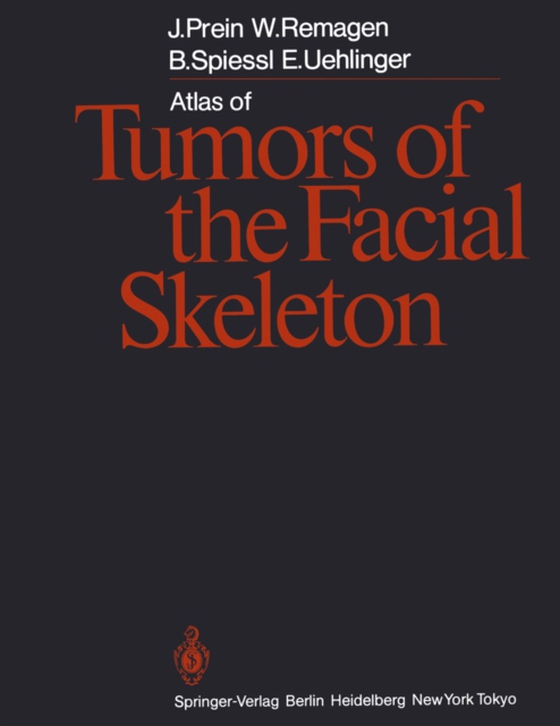
Atlas of Tumors of the Facial Skeleton e-bog
692,63 DKK
(inkl. moms 865,79 DKK)
The rare occurrence of tumors of the facial skeleton, whether of dental origin (odontogenic) or arising from bone (osteogenic), makes it impossible for a single observer to appreciate fully the epi- demiologic and clinical behavior of these lesions, even if he controls the case material of a large institution. The systematic cooperation of many scientists is necessary in order to compile a mean...
E-bog
692,63 DKK
Forlag
Springer
Udgivet
6 december 2012
Genrer
MNS
Sprog
English
Format
pdf
Beskyttelse
LCP
ISBN
9783642709494
The rare occurrence of tumors of the facial skeleton, whether of dental origin (odontogenic) or arising from bone (osteogenic), makes it impossible for a single observer to appreciate fully the epi- demiologic and clinical behavior of these lesions, even if he controls the case material of a large institution. The systematic cooperation of many scientists is necessary in order to compile a meaningful body of information and make that information accessible for study. On the initiative of one of the authors (B.S.), the German-Austrian- Swiss Association for the Study of Tumors of the Face and Jaws (DOSAK) resolved in 1971 to establish a special registry for tumors of the facial skeleton, including odontogenic lesions. This registry has been integrated into the bone tumor registry at the Swiss Asso- ciation for Pathology in the Department of Pathology of the Uni- versity of Basel. In 1974 DOSAK sponsored a symposium on odontogenic and os- teogenic tumors of the jaws, at which illustrative cases were pre- sented and discussed. These discussions revealed the problematic nature of these tumors and prompted a number of reclassifications, including some changes from benign to malignant and vice versa. It was found that radical and in some cases mutilating operations would not have been justified on the basis of the new classification. The discussions also underscored the importance of considering all factors - epidemiologic, clinical, radiologic and pathohistologi- when establishing a diagnosis.
 Dansk
Dansk

